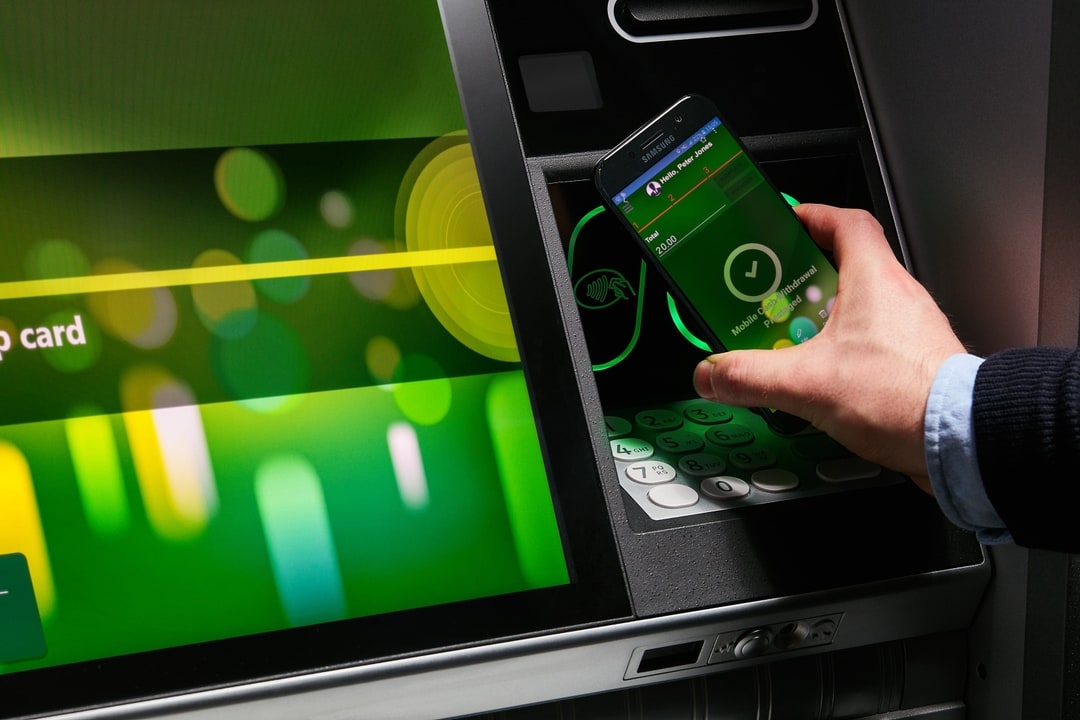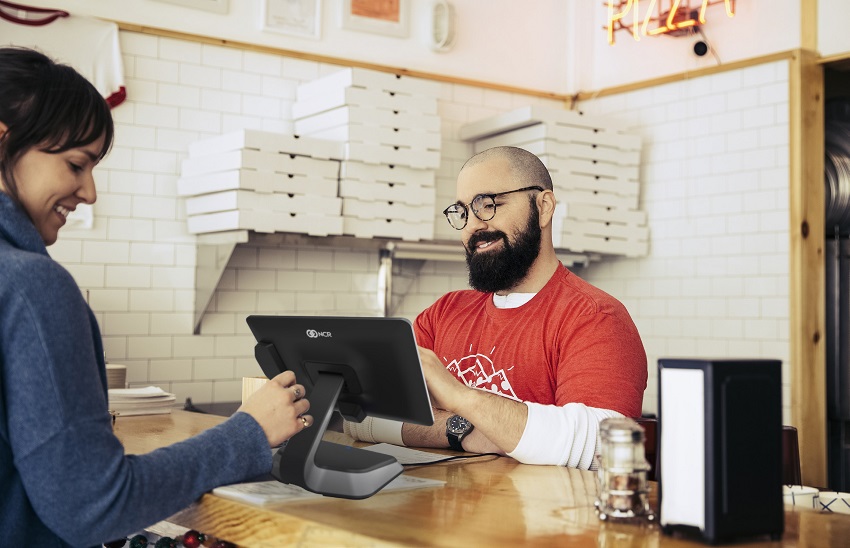Why retailers should embrace voice shopping
Published April 19, 2023
Voice commerce is taking off in the US. Here’s why now is the time to bring voice into your retail strategy.
The last few years have seen remarkable changes in the retail sector. Advances in technology have transformed relationships with consumers with companies finding new ways to help people spend their money. One of the most rapidly growing is voice commerce. In just a few years, people have gone from making tentative web searches using voice assistants to controlling just about everything in their houses. Using voice to make purchases was simply the next logical extension.
For retailers, this could be an opportunity not to be missed.
The current landscape
As the name implies, voice shopping involves using your voice to make purchases. The rise of voice-activated devices such as Amazon Echo or Google Home gives people the chance to browse the web and make a purchase using simple commands.
In theory, this makes everything much faster and more convenient. For example, you might start by saying:
“Hey Google, buy hand soap”.
Google, might then quickly respond by suggesting a brand—possibly one you’ve previously purchased. You can then either confirm the purchase or pick something else.
Devices such as Google Home can store your buying history and contact details allowing it to ensure purchases happen quickly and efficiently. Once you have set the device up with all your relevant information, making purchases online can become almost instant.
According to data from Statista, voice shopping sales rose to around $20bn by the end of 2022 compared to just $2bn in 2018. Approximately 60% of US e-commerce shoppers report using their home voice smart assistants to make daily or weekly purchases.
As voice recognition technology becomes more sophisticated, more and more people are adopting smart technology in their homes. Research from UP City suggests half of Americans use voice search features daily. As those search results become more accurate, it was only a relatively minor extension to start buying stuff.
For retailers, this opens up a new revenue stream and a new way to engage with customers. One of the defining features of e-commerce is its ability to come up with new ways for people to pay from credit and debit cards, to mobile payments and now voice payments. The more options people have when paying, the more they seem to want to use them.
As homes become smarter, voice is becoming a common tool to control everything in the house from lights and heating to cookers and dishwashers. As people become more accustomed to smart home technology, prior reticence about the possible security implications of voice purchases is melting away.
Advantages of voice purchasing
Retailers face a number of push and pull factors encouraging them to make the change. Pull factors include the myriad of exciting revenue opportunities this brings.
Having the functionality for people to buy using their voice can:
- Increase sales: The exponential growth of voice buying brings a new and more convenient way of making purchases. It breaks down barriers in the buying process and allows users to make purchases much more quickly.
- Improve the customer experience: Customers want more convenience in their shopping and what can be more convenient than getting your virtual assistant to do your shopping while you cook a meal?
- Meet customers where they are: The capacity to sell by voice puts you right where the customer is at all times. Brick and mortar shops had to wait for people to come to them; traditional e-commerce relied on people being near a computer. Voice commerce is with people all the time wherever they are.
Push factors include the fear of being left behind. The more people use voice to make purchases, the more those retailers that can’t use it will be excluded. As with other areas of digital transformation, those that fail to adopt quickly find themselves increasingly at a serious competitive disadvantage compared to those who do.
The challenges of voice shopping
Voice shopping does indeed produce opportunities, but this is by no means straightforward to access. The technology involved with voice shopping can be highly complex and difficult to implement. Companies on limited budgets can find it difficult to find the capacity, resources, expertise to manage in-house developments.
Voice commerce technology consists of a hardware element in the form of the speaker, software to gather and interpret speech before transferring it to the platform that processes the sale. This is highly complicated and requires technology capable of recognizing speech and accurately triggering the right responses at the right time.
Specialist third-party experts can provide much of the technology, but they need to have the capacity to truly integrate with your team and understand your requirements to make sure the technology is bespoke and tailored to your requirements.
A lack of visible security remains a concern. The pandemic heightened awareness of digital threats with consumers being concerned about data security and passive listening threats. Consumers are concerned that voice devices glean much more data about customers than many people realize.
In practice, voice recognition can be highly secure when backed with a best in class security governing the length of the data pipeline. The biometrics of voice recognition can be a much stronger authentication method than traditional methods. It is much more difficult for fraudsters to mimic a voice than to steal login details.
However, security can be as much about perception. Cybersecurity and privacy measures should be clearly communicated to consumers. Concerns about passive listening and other intrusions should also be allayed. By providing an information-rich experience, with clear transparency, retailers can build trust and engagement with customers.
Finally, all systems will need to comply with relevant regulations surrounding data protection and privacy. This can be complicated thanks to the ever-evolving regulatory landscape, especially for those businesses looking to do business internationally. Having up to date privacy and data protection policies is a critical and ongoing process.
Making voice commerce work
Success with voice commerce is all about implementation. Technology will obviously be critical. Although voice technology has evolved, it is still a process of development. Old frustrations of systems that fail to understand speech can still rise to the surface. Advanced natural language processing capabilities (NLP) will improve a system’s ability to pick up natural and conversational orders.
Integrations with existing e-commerce systems can be technically challenging but will be important in delivering a seamless multi-channel user experience.
Amazon, for example, sits at the forefront of voice commerce and is rapidly developing its voice recognition software to become ever more sophisticated. Among the capabilities coming are the ability to recognize who it is talking to at any one time, and to differentiate between speakers. This allows for a much more immersive and personalized experience, with Alexa becoming better at replicating the experience of a human personal assistant.
Walmart, meanwhile, through its innovation labs, has identified voice AI as being the future of its business. It integrated Google Home devices in 2017 and integrated Google Assistant and Siri in 2019. The recent launch of its Ask Sam app helps employees find information on products and prices to deliver a better customer experience.
They embed conversational experience throughout the customer journey offering a richer and more intuitive experience.
Voice commerce, then, is about much more than just the integration of advanced technologies. It’s about the adoption of strategies that blend with the overall retail experience to bring personalization, convenience, and choice to the customer experience.



